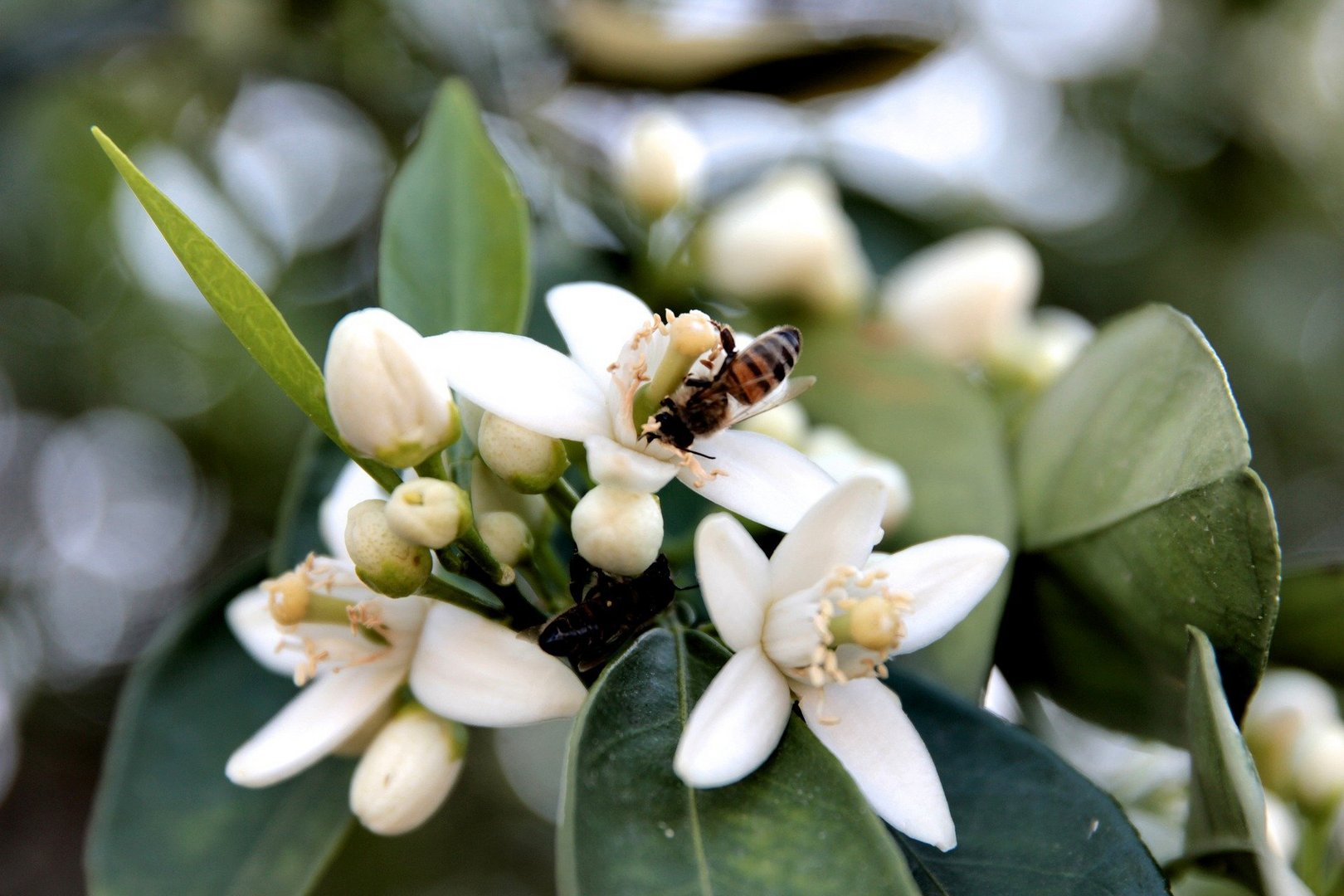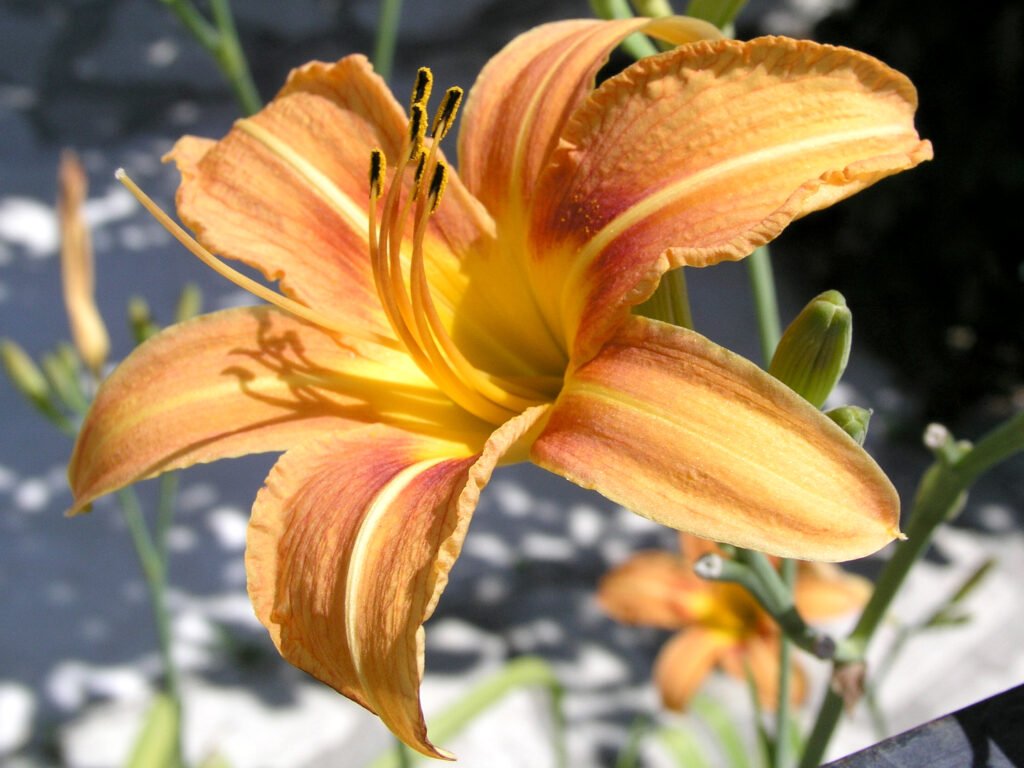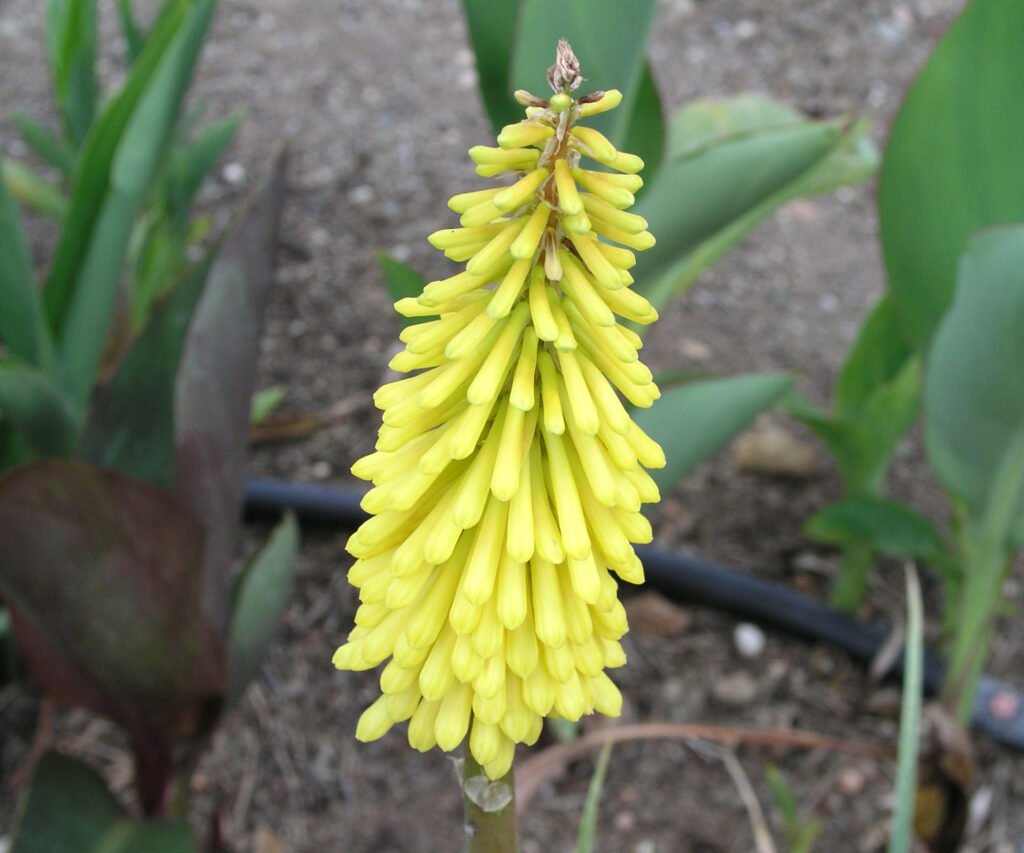Loss of habitat and use of pesticides are harming these pollinators without which we are doomed
By Patricia Jordan
Early last month as I was sitting on a bench in the orchard having elevenses, I watched dozens of bees gorging themselves amongst the many citrus flowers roundabout. Sometimes there would be three bees around one flower but no animosity between them, the incomers just moved off to the next flower. I don’t know where the nearest hives are to us, but there should be a wonderful honey harvest this year. Not all bees live in hives however and some, honeybees for instance, live in social colonies, which may be a hole in a tree cavity or even the ground. According to reports the distance a bee can fly in its lifetime is astonishing. It can be as much as five miles for food, but generally it would be less than a mile from the hive. The lifespan of a male honeybee, known as a drone, is up to eight weeks, whilst worker bees generally live for perhaps six weeks in the summertime, but longer during the winter. However, queen bees can live for up to two years!
Bees use the position of the sun to navigate and there is evidence too of their sensitivity to the earth’s magnetic field. Bees’ eyes are also sensitive to polarised light, which penetrates even through thick cloud, so they are able to ‘see’ the sun in poor weather. They are sensitive too to the blue end of the light spectrum, with some flowers reflecting large amounts of ultra-violet light, which appears very bright to a bee. Bees are totally red blind, so you may want to re-think your plantings to include more blues, like borage, buddleia, lavender, wisteria or echiums and avoid too many red flowers. Some bees prefer special plants and will only pollinate them, whilst others are not so particular. In my early spring garden apart from citrus blossom, they loved the yellow bulbinella flowers along with golden freesias and have you seen them on sunflowers, tucking their heads right into the centre?
Bees are vital to our way of life. Not only do they pollinate 80 per cent of the wildflowers everywhere, but they are busy pollinating our garden flowers and edible plants. We really need to understand more about bees and their valuable contribution to our way of living, because without them we are doomed! Alarm bells are now ringing around the world as loss of habitat is the number one problem. The use of pesticides in gardens and agriculture are others, all of which are having a drastic affect on our bee populations. You may think there are only a few species, but globally there are thought to about 20,000 species – now that’s a lot of bees. So the problem is not just here in our back gardens, but worldwide!
WHAT TO DO IN THE GARDEN THIS MONTH
May – what a magical month in our flower calendar and such a lot of myths attached to it as well. Wherever you live in the world there would be some sort of celebration on May 1st even if it was only a military parade. As a child, I remember dancing around the May pole with friends and wearing flower garlands on that day, and this tradition is carried out in other countries as well. However you celebrated May Day, good luck to you. Beware the old Scottish saying ‘Cast ne’er a clout, till may be oot. However, I don’t think we need to heed that advice here now that the weather has settled in for the summer!
Our spring has had several stops and starts this year. We have recently had temperatures ranging from 8C to 40C and we know that very hot days will come again very soon. Ideally we should all be growing plants that enjoy the heat and require the minimum of water. Remember that even if a plant is labelled as drought-proof, it only becomes so once it has matured in your garden. I still find the best way to encourage this is not to flail about with a hose pipe, but to insert half of a plastic bottle nozzle down, at the back of each new plant, and for the first year at least put the water in that. This will ensure that the water will travel straight to the roots where it is most needed. I promise you this is the best way.
A summer garden here doesn’t have to be all grey plants, which have their own cooling systems provided by the little hairs that appear on the stems and leaves. You may notice if any water gets onto these plants, the leaves turn green again but as they dry out their little hairs re-appear. Isn’t nature wonderful? Leucophyllum frutescens, is a popular choice for small gardens and is also being widely grown as a hedging plant in towns. The cool silvery leaves filter the heat, but in areas of high humidity or after a shower of rain the shrub will be crowned with soft pink flowers, which are most attractive to bees and butterflies. Other grey-leaved plants like lavenders and chrysanthemoides (a great plant for colonising a bank) can cope with the heat that is fast approaching. Brightly coloured gazanias are able to exist on minimum watering as the reverse of their leaves is generally grey, cooling the plants from the hot soil underneath.
Looking around in the countryside you will see that the only native plants to endure are probably lavenders and rock roses. Everything else comes and goes over very quickly. The wild poppies pass in a fleeting moment and even cultivated varieties only last a day or two. Annuals that drop their seeds everywhere are over and done with before the summer heat is upon us and the fields and verges are left bereft of any flowers during the hottest part of the year. It is a similar situation in gardens as well.
We must find plants able to live without much water, and survive through the very hot temperatures from June to October whilst giving some interest in what could be an otherwise dry and uninteresting landscape. Some plants enjoy the warmer weather and hemerocallis originally from Asia, flourishes here, although you may probably only see the bright orange flowers in older gardens. Apparently there are some 80,000 different varieties, so perhaps we should encourage our nurseries to introduce more. South Africa has given us summer garden plants like tulbaghias, which started life in the grass lands of Natal, the Transvaal and Eastern Cape area. They are widely available here now and make good front of border plants, well able to look after themselves. However, their rather garlicky-smelling roots might just put you off. Kniphofias also come from there, commonly known as ‘Red Hot Pokers’ (see Plant of the Month).
A few reminders: don’t forget to feed your fruit and nut trees this month with 20.10.10 fertiliser – 900g for large trees and 300g for young trees. Enjoy the early summer flowers whilst you can as they will soon go over. Keep picking sweet peas and don’t let them make seed pods until their flowering season is nearly coming to a close. Keep dead-heading osteospermums. If you let them drop their seeds you will be inundated with tiny seedlings before long. Begin to bring your outdoor pot plants into a shady spot to protect them from the fierce sun and mist them occasionally.
It’s not all doom and gloom, just a little more thought is needed in choosing the right kind of plants and here we do need help from the growers. We should be encouraging them to concentrate on importing and bringing on plants that can cope in these extreme conditions.
PLANT OF THE MONTH Kniphofia uvaria
These showy South African plants are a welcome addition to our hot gardens. Whilst many of them are known commonly as ‘Red Hot Pokers’ or even ‘Torch Lilies’, due to their appearance, they may not all have red or orange flowers. In fact there are some 900 cultivars including a yellow flowered one with the name of ‘Pineapple Popsicle’ and others in shades of dark red, as well as green and white. The flowers open over several days from the bottom of the stem to the top, changing colour as they do so.
Kniphofias’ narrow grass-like leaves can grow into huge clumps of about 1.5 metres. They prefer to grow in well-drained soil and are ideal plants for coastal gardens. These unusual plants that can survive full sun can be propagated from seed or by dividing the clumps in spring, once the plants are at least four years old. Sometimes offsets appear that can be gently levered off the main plants and potted up. Until they are well established, kniphofias need to be protected from cold weather temperatures, heavy rain and burning sun. Mulching around the plant but leaving the crown bare helps to achieve this.









Click here to change your cookie preferences